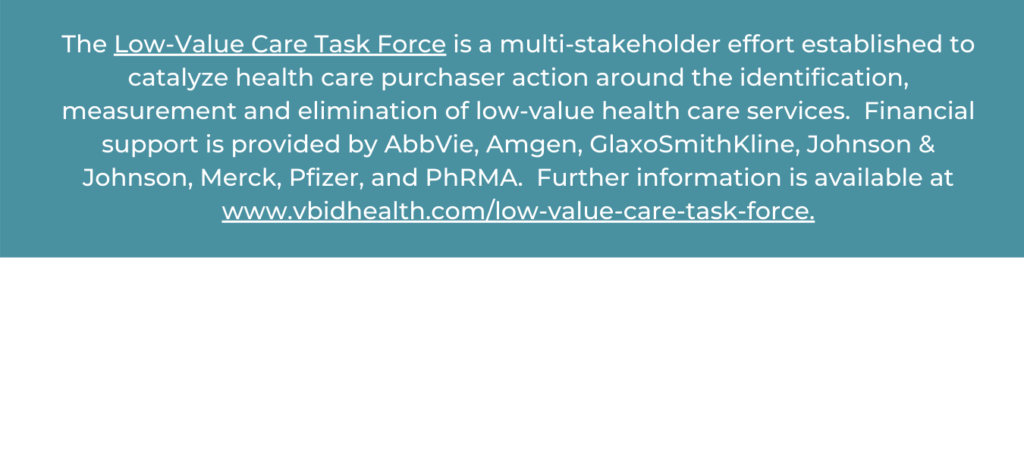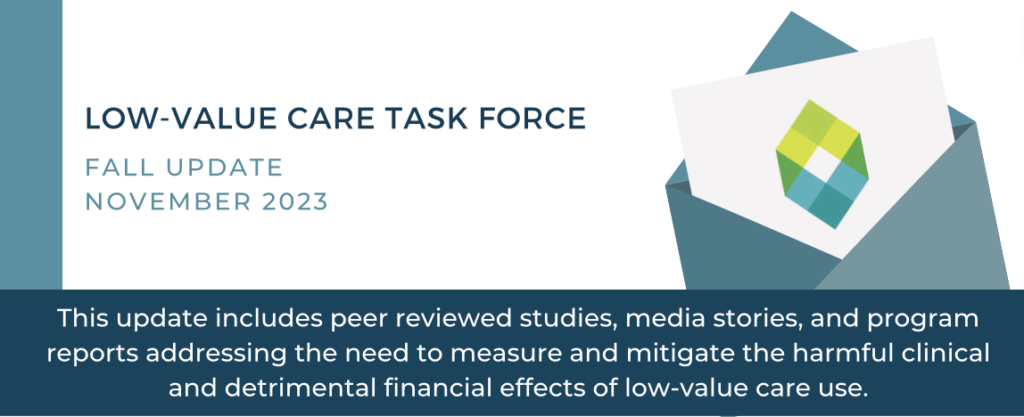
- Why Do We Pay For So Much Worthless Health Care?
- Racial Inequity in Low-Value Care
- Assessment of Racial and Ethnic Inequities in Copay Cart Utilization
- Routine Stress Testing in Diabetic Patients After Precutaneous Coronary Intervention
- More Ways Than One to Eliminate Waste in Health Care
- Tracking Overtreatment and Overspending in U.S. Health Care
- Many Americans Receive Too Much Health Care. That May Finally Be Changing
- Clinician Response to Patient Medication Prices Displayed in EHR
- Drug Use and Spending Under a Formulary Informed by Cost-Effectiveness
- The Growing Case for Doing Less: How Harmless Cancers are Being Overdiagnosed in U.S.

Why Do We Pay For So Much Worthless Health Care?
Today’s Washington Post story on low-value care use highlights a recent analysis in Colorado reporting that patients and payers spent more than $134M on unnecessary care in 2021. V-BID’s Mark Fendrick notes that the current culture of ‘more is better’ is difficult to overcome and that eliminating low-value services is the only viable way to pay for advances in medicine. Read more from KFF News here.

A study examining differences associated with race in the receipt of 40 low-value services among Medicare beneficiaries in the United States found that Black patients had higher rates of low-value acute diagnostic tests. These results may be influenced by factors such as continuity of care, structural racism, and care-seeking delays. The editorial on the topic suggests that future initiatives to reduce low-value care should consider equity, focusing on areas most overused among at-risk populations to narrow health equity gaps and improve outcomes for all patients.

Patient assistance programs, commonly in the form of copay cards, aim to mitigate the negative clinical impact of out-of-pocket costs on medication use. However, this study reveals that copay adjustment programs (CAPs), such as accumulators and maximizers, introduced by payers like pharmacy benefit managers and insurers, may disproportionately affect historically marginalized populations. While copay card utilization shows no significant racial disparity, non-White patients are significantly more likely to be exposed to CAPs, potentially leading to unintended clinical and economic consequences, highlighting the need for policy reconsideration.

A recent clinical trial addresses the challenge of determining optimal surveillance strategies after complex percutaneous coronary intervention (PCI) in patients with diabetes, considering their higher risk of adverse cardiovascular events. Using data from the POST-PCI study, researchers assessed the role of routine surveillance stress testing on clinical outcomes in high-risk diabetic patients who underwent PCI. Key findings indicate that routine functional testing did not result in lower rates of ischemic cardiovascular events or mortality in high-risk diabetic patients compared to standard care alone.

This article highlights the persistent argument for adopting a single-payer health care system, citing potential enormous savings by eliminating administrative waste. Drs. Steffie Woolhandler and David Himmelstein’s research, initially estimating administrative costs at 19-24% in 1991 and later at 34% in 2020, serves as a basis for the discussion. While the idea of Medicare for All could address this issue, various stakeholders, including the insurance industry and providers fearing lower reimbursement rates, hinder its political viability. The article suggests incremental reforms, proposing specific changes in claims processing, prior authorization, and a centralized clearinghouse, potentially saving up to $200 billion annually.
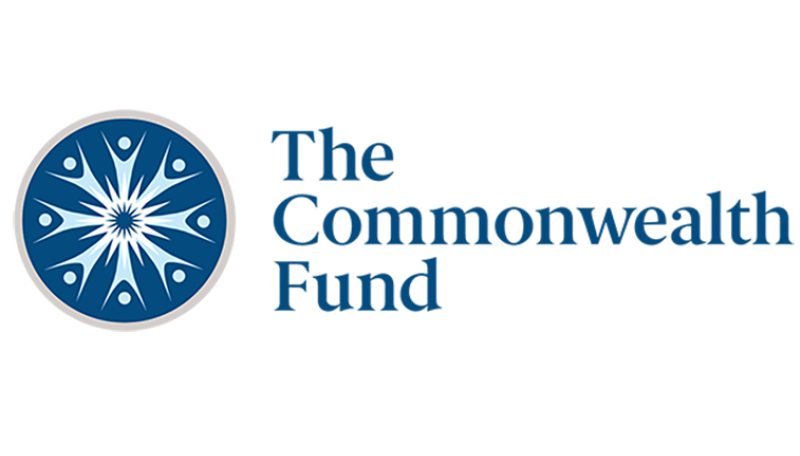
Overtreatment is a big problem in American health care. The proliferation of unnecessary medical tests and procedures not only harms patients but costs the United States billions of dollars every year. Between 2019 and 2021, Medicare spent as much as $2.4 billion on unnecessary coronary stents alone. At some hospitals, it’s estimated that more than half of all stents are unwarranted.
In the Nov. 10th episode, as part of the Commonwealth Fund’s “The Dose” podcast series on affordability of health care, host Joel Bervell talks to Vikas Saini, M.D., a cardiologist and the executive director of the Lown Institute, a think tank that examines overspending and overtreatment in the health care system. Dr. Saini unpacks how health care practices are misaligned with patient needs and discusses strategies for “rightsizing” U.S. health care.
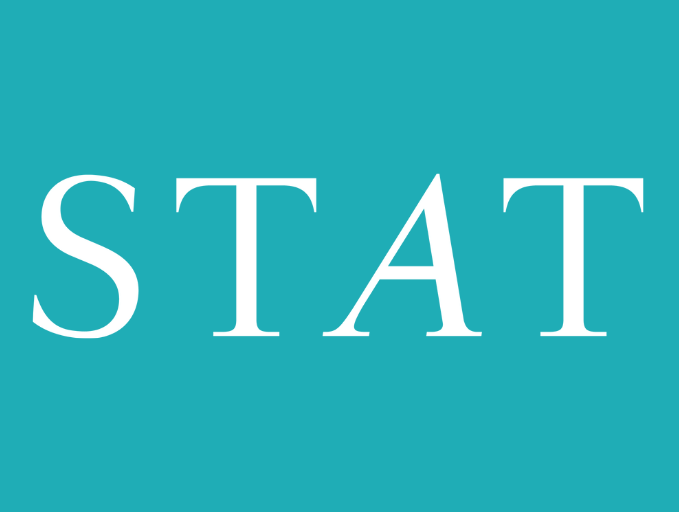
A subtle shift towards “less is more” in American healthcare is particularly evident in cancer care, where de-escalation trials for rectal cancer and alternative treatments for HPV-related head and neck cancer show promising results with fewer side effects and cost savings. The concern of high C-section rates in childbirth is also addressed, with some Massachusetts hospitals successfully reducing rates through policy changes, emphasizing patient education and collaborative care. Read more here.
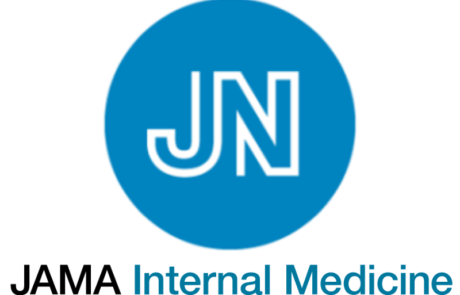

A recent JMCP article discusses the implementation and impact of a value-based drug formulary, the “Value-Based Formulary-essentials” (VBF-e) program, by Premera Blue Cross in the Pacific Northwest. The VBF-e is the first formulary in the United States to use a single cost-effectiveness threshold to determine out-of-pocket costs and coverage exclusion. The study reveals that the VBF-e resulted in a 4% decrease in overall medication use, primarily driven by reduced use of low-value drugs, and a significant increase (123%) in high-value specialty drug use. The implementation led to health plan savings, decreased out-of-pocket costs, and had no negative impact on health outcomes.

In 2009, breast cancer surgeon Laura Esserman co-published an article suggesting a reevaluation of routine screening for breast and prostate cancer due to concerns about overdiagnosis. Now, a growing number of experts are challenging the medical industry’s tendency to overtest, overdiagnose, and overtreat patients for conditions that might not significantly impact their lives. Studies indicate that cancer screening, while effective in finding additional disease, may not substantially decrease the risk of dying, leading to overdiagnosis and unnecessary treatments. Read more here.
